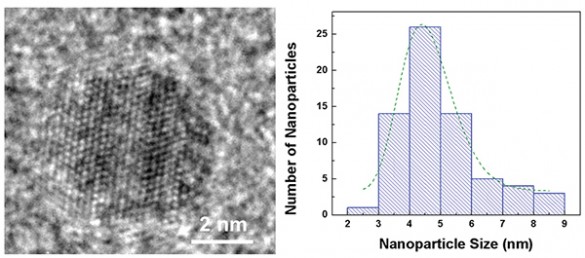Better, Cheaper, Faster. That was the mantra when your editor worked in the semiconductor manufacturing world. Designs, processes and materials were all recalibrated constantly to enable the march toward those three goals. And to some extent, constant repetition helped us achieve the ideal of Moore’s Law, the dictum that computer chips would double the number of transistors they contained every two years. Transistor density in computer chips determines the level of performance they can achieve, and this doubling has yet to reach its end. Unfortunately, batteries haven’t doubled in performance every two years, but seem to follow an annual five-to-eight-percent increase in energy density. This would mean, at best, that energy densities would double every nine years. The Tesla Forum notes this progress would not be continuous, but introduced in steps. Without either party sharing much information on the energy densities of their experimental cells, researchers in America and Switzerland find the “super environmentally friendly” nature of fool’s gold in batteries …
Load-Bearing Supercapacitors
What if your battery served also as a wing or a fuselage? Several current efforts converge on creating batteries or supercapacitors that could function as structural elements in electric vehicles. We’ve reported on this before, with efforts by Dr. Emil Greenhalgh at Imperial College London and associated work by Volvo to make car components from the type of energy storing sandwich structure he developed. Your editor’s article on the “Grand Unified Airplane” in the July 2013 issue of Kitplanes magazine advanced the idea that such structures, coupled with graphene’s projected capabilities to collect solar energy, could lead to a self-powering aircraft. (In researching the current entry, he found that his idea had been done at model scale by BAE.) Reports from two universities show that others are working toward making that dream less than an idle fantasy. Researchers at Vanderbilt University are making headway toward creating a “Multifunctional Load-Bearing Solid-State Supercapacitor,” as titled in the American Chemical Society’s journal, Nano …
Spinach, Photosynthesis, and Solar Energy
Spinach is the Rodney Dangerfield of the vegetable kingdom, and despite the best efforts of nutritionists, Popeye, and school lunch ladies to boost its respect levels, goes unwanted by many. But not by the team at Vanderbilt University who have combined it with silicon in a “biohybrid” solar cell. According to Vanderbilt’s David Cliffel, associate professor of chemistry, “This combination produces current levels almost 1,000 times higher than we were able to achieve by depositing the protein on various types of metals. It also produces a modest increase in voltage.” Cliffel collaborated on the project with Kane Jennings, professor of chemical and biomolecular engineering. “If we can continue on our current trajectory of increasing voltage and current levels, we could reach the range of mature solar conversion technologies in three years.” Over 40 years ago, scientists found that Photosystem 1 (PS1), a protein involved in photosynthesis, continued to produce photosynthetic energy even after it was removed from its host plant. …

